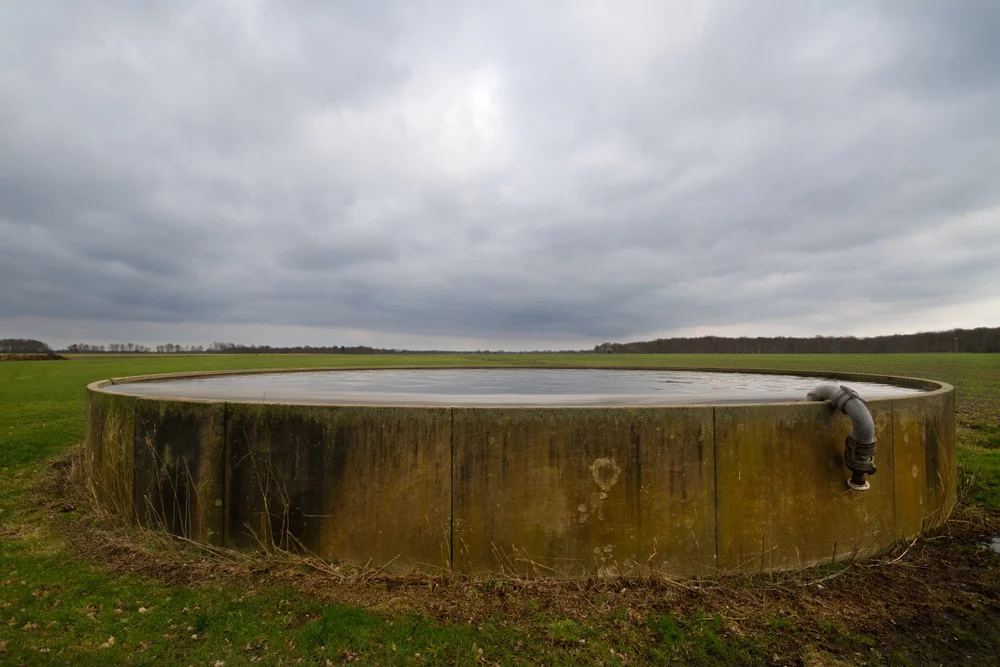Cutting ammonia emissions ahead of new rule with digestate storage

With the new environmental considerations and proposals for the clean air announced earlier this year, farmers across the UK may be confused about how they can manage their slurry and digestate product in line with the new regulations.
The focus of the changes aims to improve the overall quality of air and will require farmers to identify ways in which they can reduce emissions from their farm. Although not specifically a greenhouse gas itself, ammonia released during the breakdown process of muck and slurry and fertilisation of land, can be converted into nitrous oxide which is classed as a greenhouse gas.
How can farmers reduce their emissions?
There are a number of actions that farmers can take in order to actively reduce emissions on their land. This includes identifying the nutritional intake of their animals, testing soil regularly, applying digestate and slurry at the correct times and storing fertilisers effectively in storage tanks or lagoons.
Animal diets
When making changes to the way your farm works, livestock should be one of your first considerations. When feeding livestock, it is important to understand that excess crude protein intake leads to an increased level of nitrogen excretion from the animals, and as a result, ammonia emissions go up. By monitoring and adjusting protein levels in the animal diets can reduce emissions alongside saving on feeding costs.
Slurry and soil testing
Precision in spreading and applying digestate or slurry is key to reducing run-off and pollution to the surrounding environment. Testing soil to understand the nutrient makeup is crucial to better planning of fertiliser application. The application should match the crop requirement and will reduce waste and over application, keeping the soil fertile and healthy.
Regularly testing your slurry and digestate can be done relatively easily, and this allows you to align this with the crop requirement and calculate how much nitrogen your crops can actually take up.
Application of slurry and digestate
Application of slurry and digestate spreading should be carefully considered and aligned with seasonality and in particular, the weather. Poor weather following spreading can result in excess run-off causing pollution in the surrounding areas.
Ensuring that the right amount of fertiliser is applied at the right point during the crop cycle growth can also result in boosted growth capabilities and reduces costs by requiring less artificial fertiliser supplements.
Slurry tanks and digestate storage
Erecting a custom built tank or lagoon for slurry or digestate storage will ensure the products overall effectiveness, reducing the amount of nitrogen lost in the atmosphere, causing changes to its nutrient levels. This can also support reducing the amount of air pollution produced whilst storing the slurry. By covering your lagoon with a custom fitted sheet, the ammonia is less likely to escape into the atmosphere and means that you don’t have to wait for the pool to form a crust whilst also being far easier to remove when you’re ready to use it.





